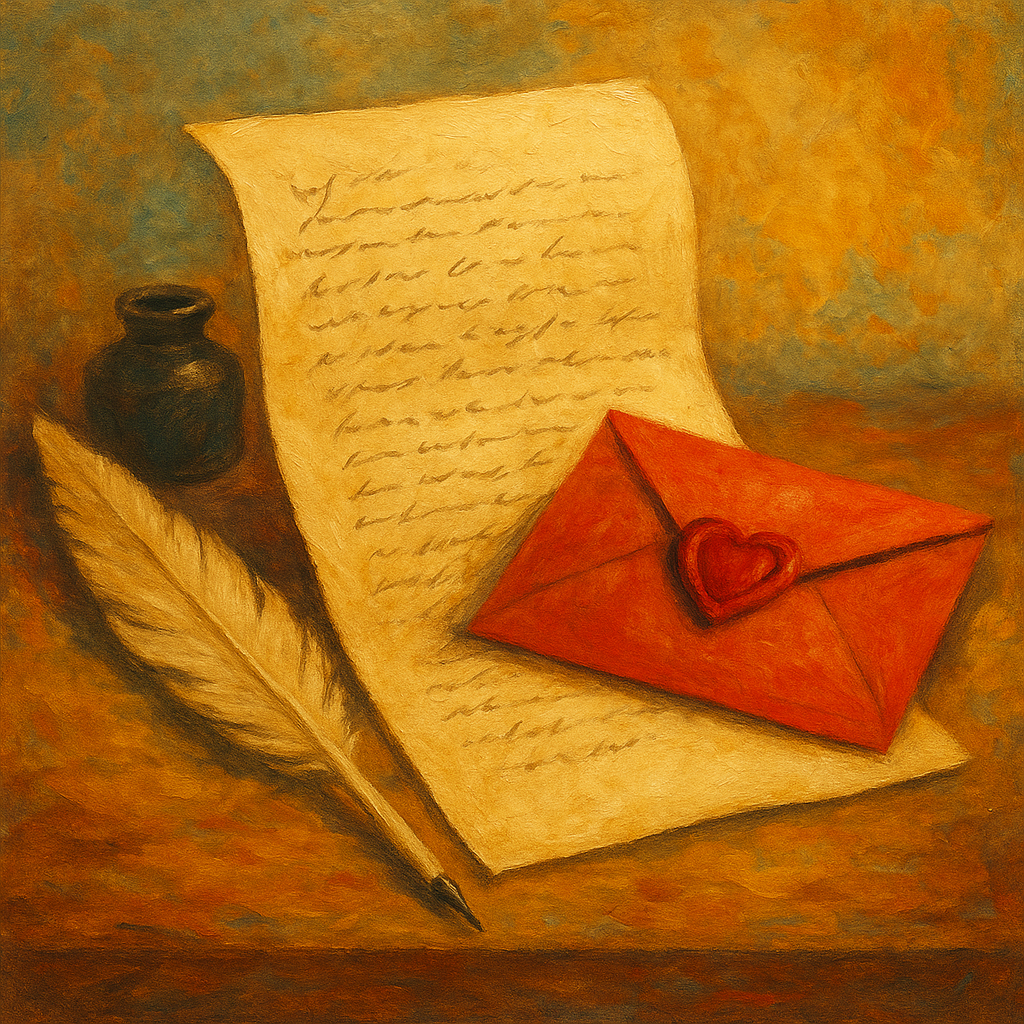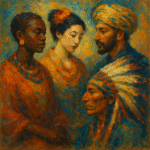In the intricate tapestry of human communication, few things have provoked as much emotion as love letters. The love letter history reveals not only the deep emotional connections shared between lovers but also the evolution of romantic expression over centuries. Once a vital part of romantic relationships, love letters played a significant role in conveying feelings when face-to-face interactions were limited. However, the rise of digital communication has transformed the landscape of romantic correspondence, leading many to wonder about the impact of love letters in today’s fast-paced world.
The Rise of Love Letters
For centuries, love letters served as a primary means of expressing affection, longing, and desire. Historical records reveal their importance from ancient civilizations through to the Victorian era, showcasing how the written word facilitated romantic connection.
Historical Significance
* Ancient Times: The earliest recorded love letters date back to ancient Mesopotamia. They illustrate the timeless human desire for connection.
* Medieval Era: During the Middle Ages, knights sent letters to their beloveds. These letters often included poetic verses, reflecting the era’s romantic ideals.
* Renaissance Influence: The Renaissance rekindled interest in personal expression, resulting in the flourishing of love letters among poets and artists.
* Victorian Sensibility: In the 19th century, love letters became an art form. The Victorian era emphasized elaborate writing and romantic symbolism.
The emotional value of love letters can’t be overstated; a well-crafted letter could achieve what face-to-face communication sometimes could not. The depth of feelings expressed often allowed individuals to explore their emotions freely.
The Decline of Love Letters
Despite their historical importance, the decline of love letters became evident in the late 20th century. Factors contributing to this decline include:
* Advancements in Technology: Email and texting seemed to replace the heartfelt sentiment of handwritten notes. Communication became instant, and the tangible nature of love letters diminished.
* Changing Social Norms: The pace of modern life and changing romantic practices made traditional letter-writing less practical.
Love Letters in the Digital Age
Today, we find ourselves at a crossroads. With social media and instant messaging dominating personal interactions, one might wonder:
* Are love letters still relevant?
* Does the emotional weight of a handwritten note resonate in an era of emojis and abbreviations?
The Emotional Value of Love Letters
Even amidst digital communications, the emotional value of love letters remains undeniable. Sentiments penned by hand carry a personal touch, allowing individuals to convey feelings in a way that mere text cannot. The intimacy of a love letter often evokes nostalgia, stirring memories of relationships cherished deeply.
How to Write a Love Letter
To help rekindle the art of love letter writing, consider these tips:
1. Choose the Right Stationery: Using beautiful paper can inspire creativity and set the tone for your heartfelt message.
2. Start with Emotion: Open with what you truly feel—explain why the recipient is so special to you.
3. Be Specific: Personal anecdotes will make your letter resonate more. Share moments that reflect your relationship’s unique quirks.
4. Draw Connections: Mention how your relationship impacts your life or how it has evolved.
5. Close with Affection: Conclude your letter with a heartfelt message that sums up your feelings, encouraging an engaging response.
The Importance of Reviving Love Letters
As we reflect on the importance of love letters, it’s essential to recognize their irreplaceable role in deepening emotional connections. Reviving love letters today can enrich our relationships, offering a timeless way to express feelings that modern communication often overlooks.
* They invite intimacy and vulnerability.
* They capture moments that transcend time.
* They serve as keepsakes that can be revisited for years.
Romantic Correspondence Examples
To spark inspiration, here are a few notable love letter examples:
* Beethoven to His Immortal Beloved: This enigmatic letter reveals deep longing.
* John Keats to Fanny Brawne: An exploration of passion and connection through poetry.
* Robert Browning to Elizabeth Barrett Browning: Their letters encapsulate mutual admiration and devotion.
Conclusion: Embracing Love Letter History
In conclusion, the love letter history showcases an unparalleled way of connecting hearts. Through the rise and fall of romantic correspondence, love letters remind us of the beauty in vulnerability and emotional expression. Do you want to bring a touch of nostalgia into your love life? Start writing love letters today!
Don’t let this art form fade away, explore your feelings on paper and keep the tradition alive.


